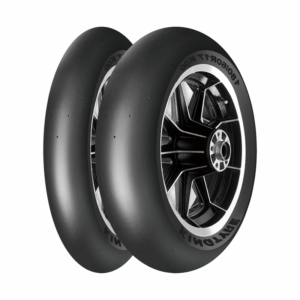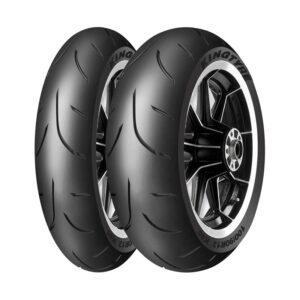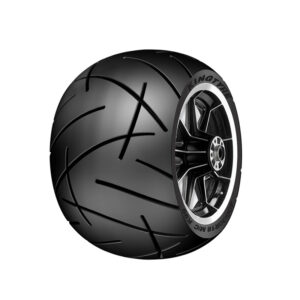It’s a question every Harley-Davidson rider asks eventually: “How many miles can I expect to get out of these tires?” Whether you’re cruising on a Street Glide, a Sportster, or a Fat Boy, your tires are the only thing connecting your powerful machine to the road. Their condition is paramount to your safety, performance, and enjoyment. The truth is, there’s no single magic number. The lifespan of your Harley tires depends on a unique combination of factors that we’ll break down in this guide.
While we can’t give a one-size-fits-all answer, we can look at general ranges based on common rider experiences and tire types. A typical set of harley davidson tires might last anywhere from 5,000 to 20,000 miles. That’s a wide range for a reason.
Remember, these are just estimates. Your mileage will literally vary. The key to maximizing your tire’s life lies in understanding and managing the factors that influence wear.
Think of your tire’s lifespan as a equation. Several variables are constantly at play, either adding or subtracting miles from your tread.
1. Your Riding Style: The Biggest Factor
How you ride has the most significant impact. Aggressive acceleration from stoplights and hard braking will scrub off rubber quickly. Consistent high-speed highway cruising generally promotes longer tire life than a route filled with tight, technical curves that demand more grip and cause more wear.
2. Tire Maintenance: Pressure is Everything
This is the factor you have the most control over. Incorrect tire pressure is a tire’s worst enemy.
Check your tire pressure at least once a week with a reliable gauge when the tires are cold. Follow the PSI recommendations found in your Harley-Davidson owner’s manual or on the bike’s frame, not the maximum pressure on the tire sidewall.
3. Road Conditions and Climate
Riding on rough, abrasive pavement or gravel-covered roads will accelerate wear. Similarly, consistently riding in hot climates can soften the tire compound slightly, leading to faster wear compared to riding in cooler temperatures.
4. Motorcycle Load and Weight
Are you typically riding solo, or are you often two-up with a passenger and full luggage? The more weight your Harley carries, the more stress is placed on the tires, particularly the rear, leading to a shorter lifespan.
5. The Tire Itself: Compound and Design
Not all tires for harley are created equal. The rubber compound’s hardness (durometer) is a primary factor. Softer compounds provide exceptional grip for cornering but wear faster. Harder compounds prioritize longevity and are ideal for long-distance touring. The tread pattern also plays a role in how evenly the tire wears.
Don’t wait until you’re on the cords! Knowing when to replace your tyres harley davidson is a critical safety skill.
If your goal is to maximize miles without sacrificing safety, selecting the right tire is crucial. This is where a tire like the Kingtyre K99 stands out for Harley-Davidson riders.
The Kingtyre K99 is engineered with a focus on the specific needs of cruiser and touring motorcycles. It features a modern radial design that offers a larger contact patch for improved stability and grip. More relevant to our topic, it is constructed with a compound and tread pattern designed for excellent mileage.
Here’s what to look for in a long-lasting harley davidson tire:
Follow these simple steps to get the most miles out of your investment:
So, how long will a Harley tire last? It ultimately depends on you. By understanding the factors that affect wear, performing regular maintenance, and choosing a tire designed for durability like the Kingtyre K99, you can confidently squeeze every safe mile out of your harley tires. Your safety on the open road is worth the attention to detail.
Reach out to us for personalized consultation based on your specific motorcycle tires requirements.





